Is Russia planning to blow up the Zaporizhzhia nuclear power plant?
Ukraine warns of tactical sabotage that could cause radioactive disaster and force Kyiv into peace talks
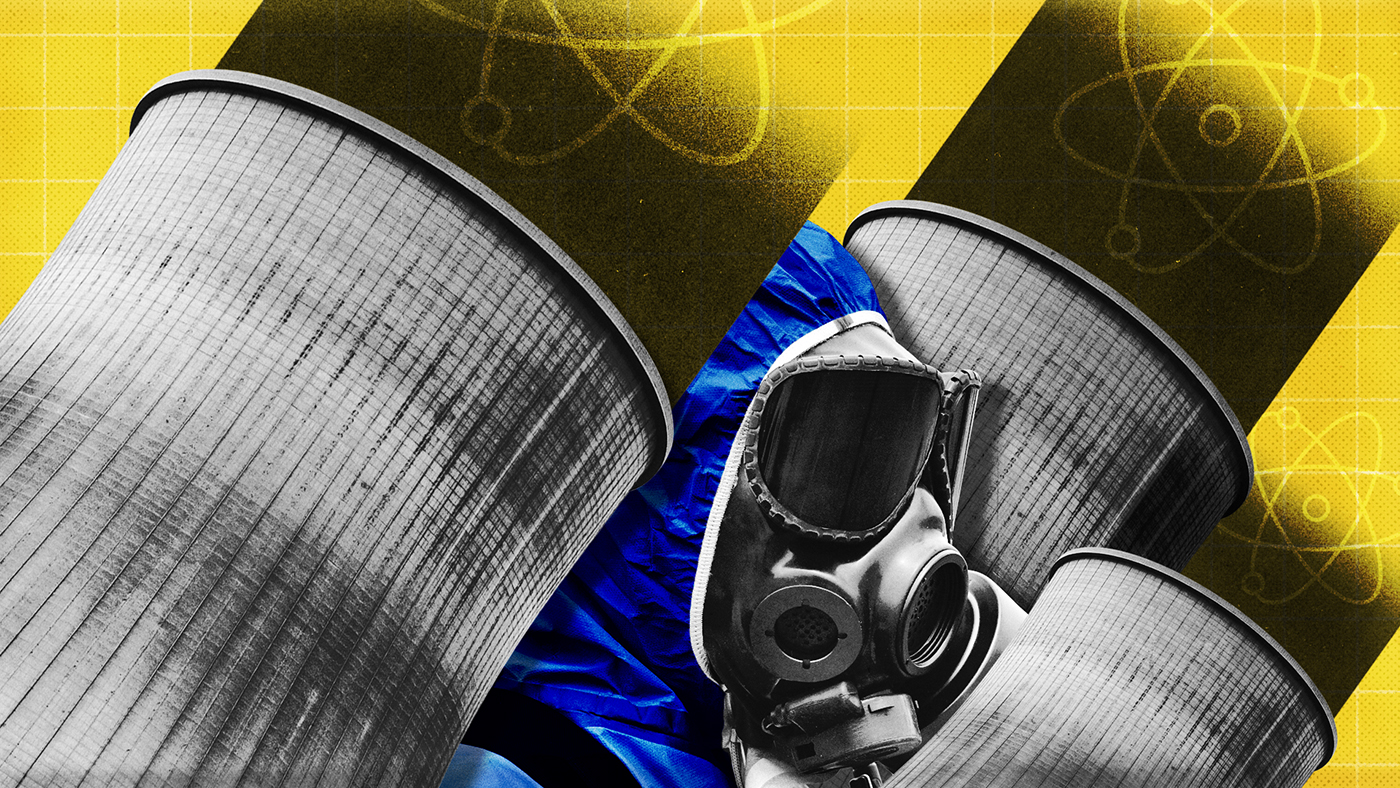
Russia could be planning to blow up Europe’s largest nuclear power plant in a bid to halt the advance of Ukrainian troops and force Kyiv into premature peace talks that favour the Kremlin.
According to Ukrainian intelligence, Russian workers and a military contingent have been told to leave the Zaporizhzhia plant, situated in the occupied city of Enerhodar, by Wednesday – “an ominous sign”, said The New York Times.
On Saturday Volodymyr Zelenskyy, the Ukrainian president, described the threat as “serious”. He claimed that “Russia is technically ready to provoke a local explosion at the plant”, which could cause a radioactive environmental disaster.
The Week
Escape your echo chamber. Get the facts behind the news, plus analysis from multiple perspectives.

Sign up for The Week's Free Newsletters
From our morning news briefing to a weekly Good News Newsletter, get the best of The Week delivered directly to your inbox.
From our morning news briefing to a weekly Good News Newsletter, get the best of The Week delivered directly to your inbox.
What did the papers say?
Ukrainian officials have been “sounding increasingly dire warnings” around the nuclear plant that Russia has occupied since early in the war, reported ABC News.
The plant has been in “continual danger” for months as Russian and Ukrainian troops exchange fire around it, The Washington Post said. But “the chance of a meltdown has increased sharply since the destruction of the Kakhovka dam just downstream”. The catastrophic flood unleashed following the blowing up of the dam at the beginning of June has jeopardised the supply of water needed to cool the plant’s reactors and spent fuel.
“In some ways, it’s a miracle nothing has happened” already, said The New York Times, with parts of two reactors hit by artillery fire “Never before has one of the world’s largest nuclear facilities fallen into the bull’s-eye of a large-scale war,” the paper added.
Last week, Ukraine’s chief of military intelligence, Kyrylo Budanov, claimed that Russia’s plan to sabotage the plant had been “drafted and approved”. He told The New Statesman that Russian troops had rigged the station’s cooling ponds with explosives, which if destroyed could lead to the reactors melting down.
A free daily email with the biggest news stories of the day – and the best features from TheWeek.com
“The situation has never been as severe as now,” he warned.
At the same time, Ukraine has been conducting drills to prepare emergency services with how to deal with a potential radioactive disaster.
Russia’s foreign ministry spokesperson, Maria Zakharova, claimed that Ukrainian radioactive safety drills and the setting up of additional radiation measurement devices in several cities proved that “Kyiv is preparing a false flag” operation, effectively planning to blow up the plant themselves and blame it on Russia. This worry appears to be supported by Ukrainian intelligence reports, which said Russian “personnel remaining at the station were instructed to blame Ukraine in case of any emergencies”.
What next?
The fear among Ukrainian officials is that the Kremlin might blow up the plant “in the event Ukraine achieves a major breakthrough with its counteroffensive in the south, trying to halt the advance of Ukrainian troops by contaminating the area”, said ABC News.
The broadcaster added they also worry Russia might trigger an “incident at the plant in the hope of freezing the war, by pushing a panicked international community to force Kyiv into premature peace negotiations that would favor the Kremlin”.
Despite a ramping up of rhetoric between Ukraine and Russia over the fate of the plant, Western experts have been more measured in their assessment.
The International Atomic Energy Agency (IAEA) has been conducting regular inspections of the reactor units and other areas of the plant. It has not been able to confirm claims the cooling ponds have been mined but said the largest of these still has a stable level of water needed to cool down the reactors.
Taking a lead from the IAEA, the Biden administration has also been more “cautious”, reported Open Democracy. Officials said that they did not believe a threat was imminent but that they were watching “very, very closely”.
“The conventional wisdom is that the Russians know a nuclear incident could carry terrifying, and unknown, consequences and therefore it’s unlikely – though not impossible – that the Russians would intentionally set one off,” said The New York Times.
If a meltdown were to occur, experts speaking to The Washington Post predicted that – because the plant has been shut down for months and is currently not producing energy – it would unlikely to be anywhere near the scale of the 1986 Chernobyl disaster, which blew up when the reactor was in active operation.
The most likely worst-case scenario would be something on the scale of the Fukushima disaster in Japan in 2011, they said. That required a 20km exclusion zone and it was not until six years later that all evacuation orders outside the plant itself were lifted.
-
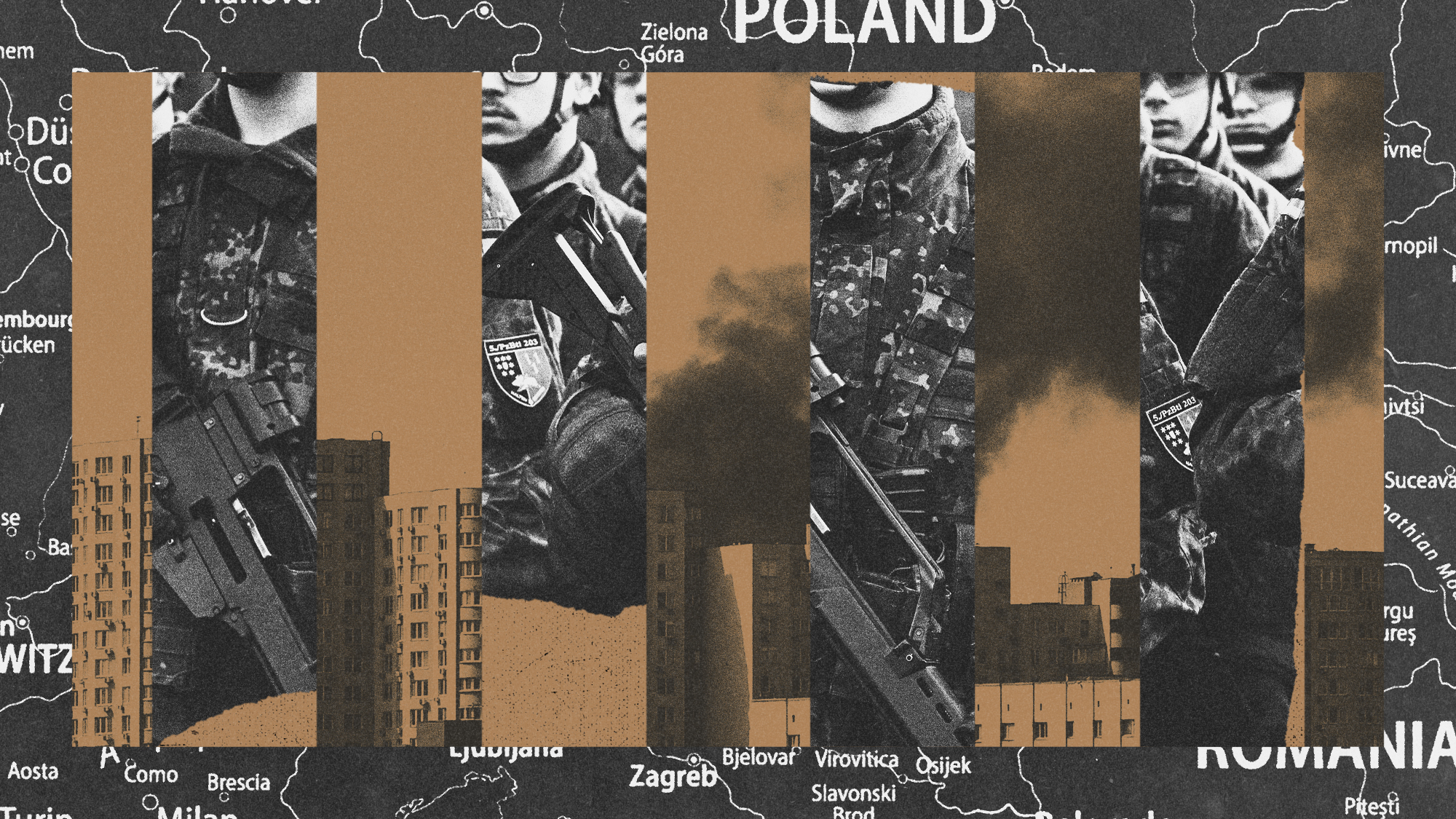 Is conscription the answer to Europe’s security woes?
Is conscription the answer to Europe’s security woes?Today's Big Question How best to boost troop numbers to deal with Russian threat is ‘prompting fierce and soul-searching debates’
-
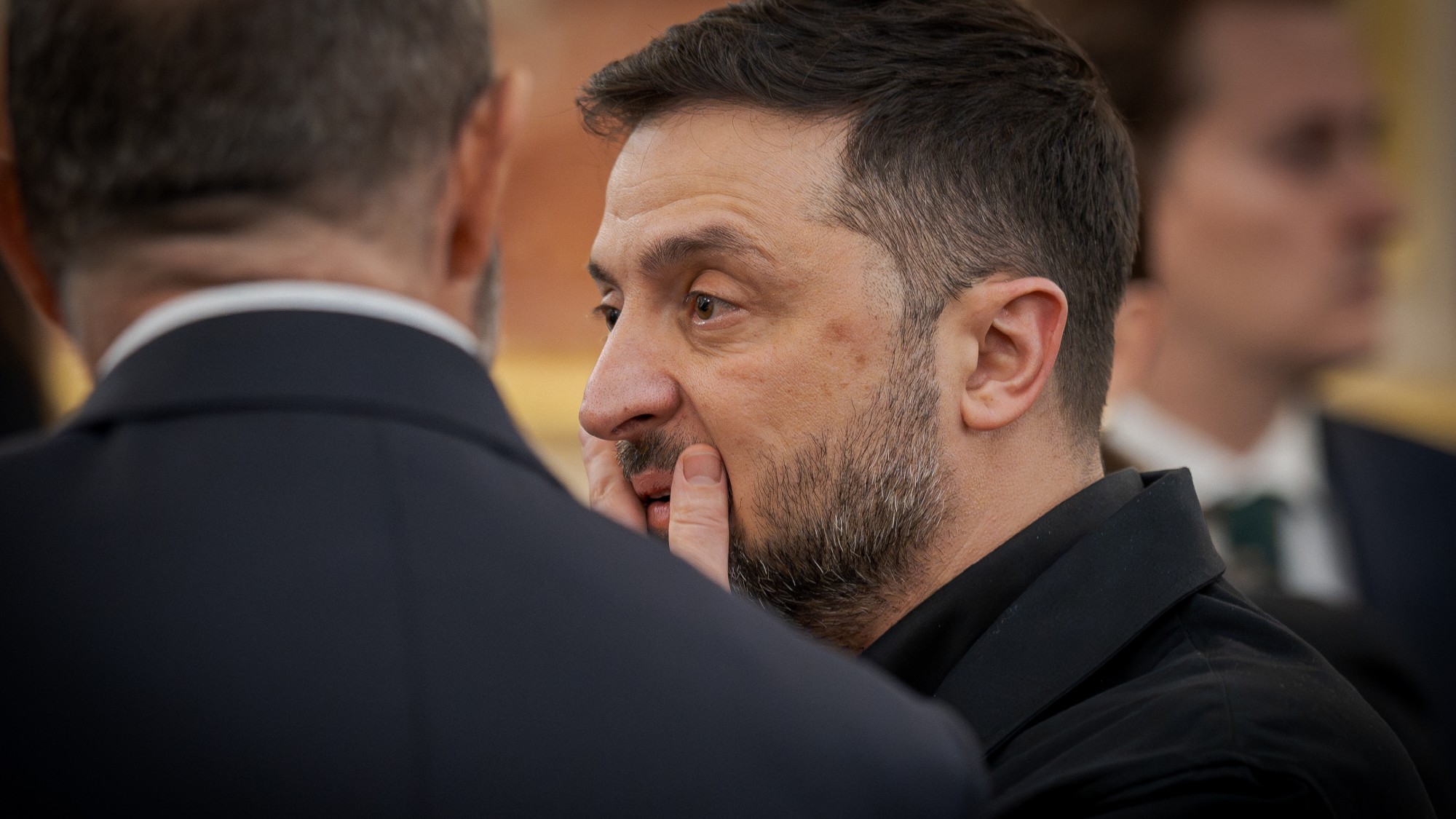 Trump peace deal: an offer Zelenskyy can’t refuse?
Trump peace deal: an offer Zelenskyy can’t refuse?Today’s Big Question ‘Unpalatable’ US plan may strengthen embattled Ukrainian president at home
-
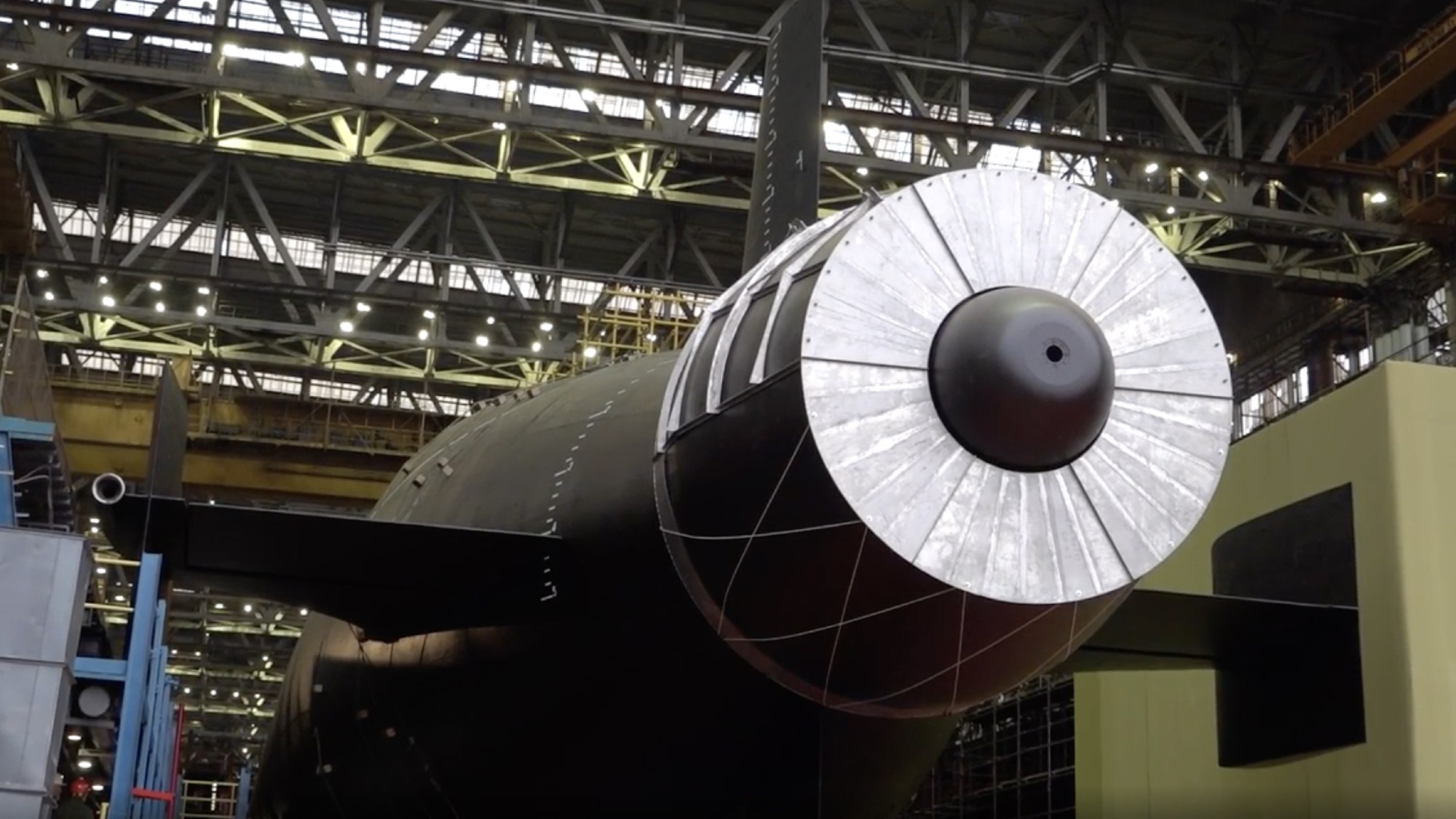 Vladimir Putin’s ‘nuclear tsunami’ missile
Vladimir Putin’s ‘nuclear tsunami’ missileThe Explainer Russian president has boasted that there is no way to intercept the new weapon
-
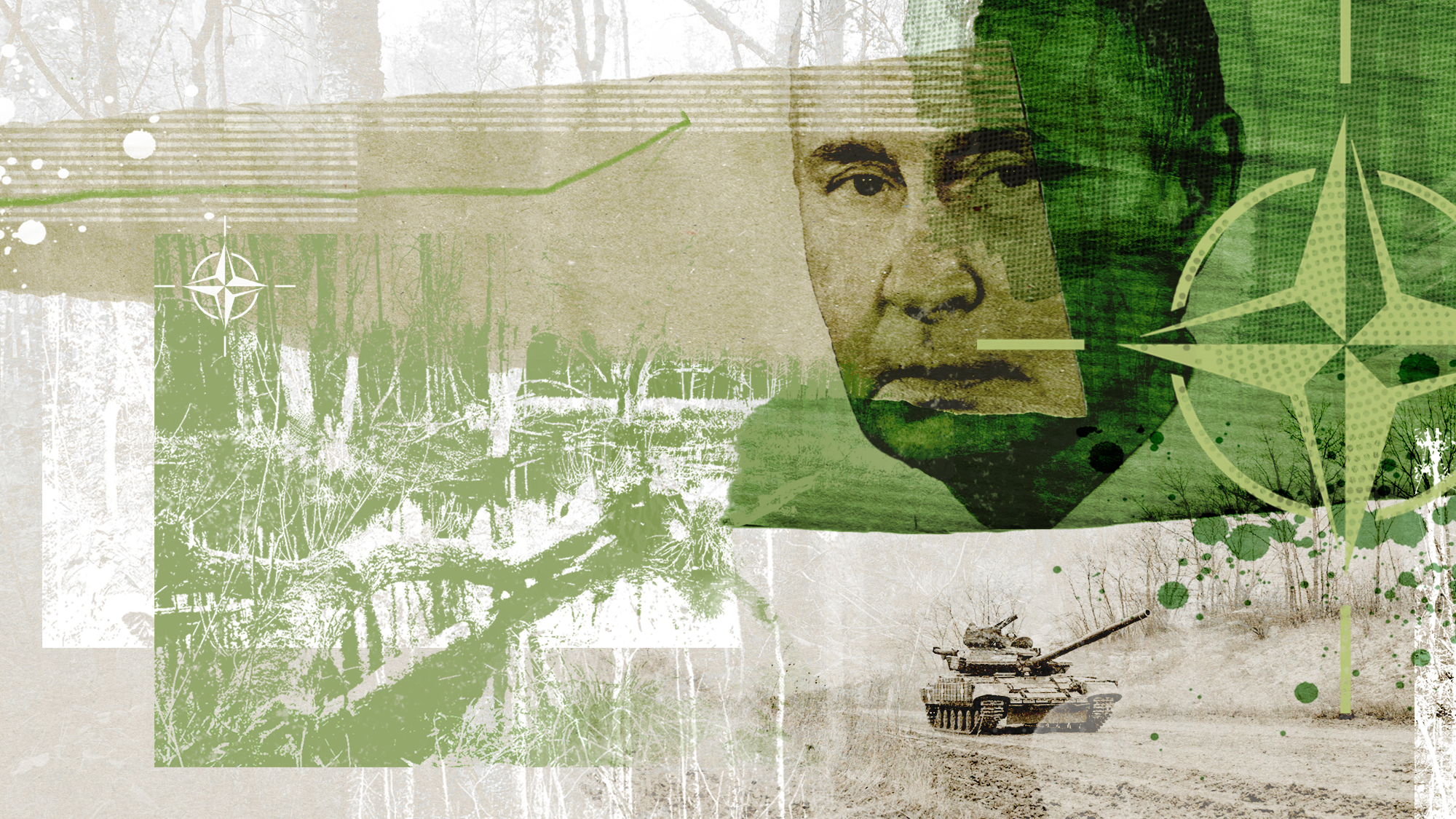 The Baltic ‘bog belt’ plan to protect Europe from Russia
The Baltic ‘bog belt’ plan to protect Europe from RussiaUnder the Radar Reviving lost wetland on Nato’s eastern flank would fuse ‘two European priorities that increasingly compete for attention and funding: defence and climate’
-
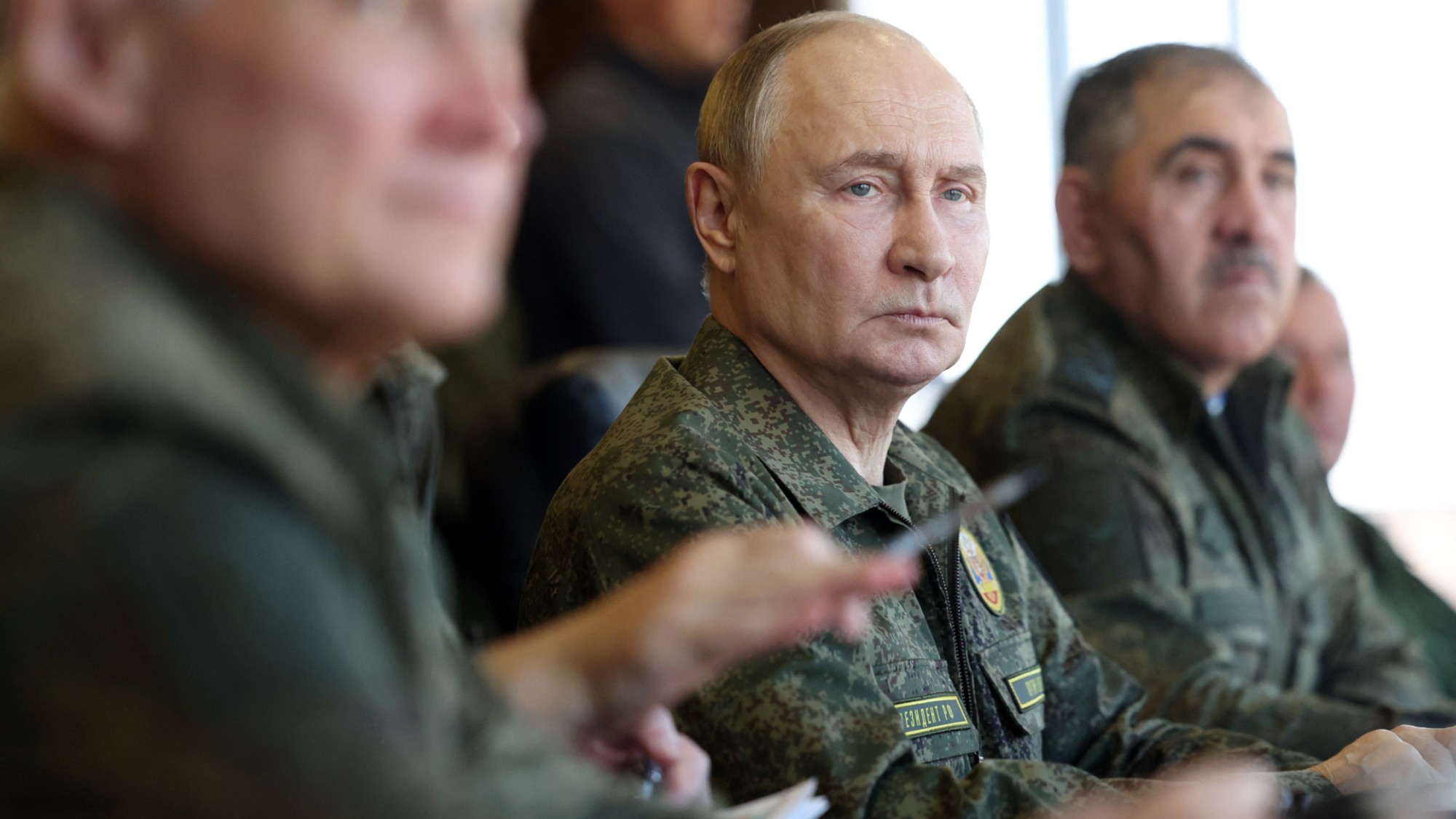 How should Nato respond to Putin’s incursions?
How should Nato respond to Putin’s incursions?Today’s big question Russia has breached Nato airspace regularly this month, and nations are primed to respond
-
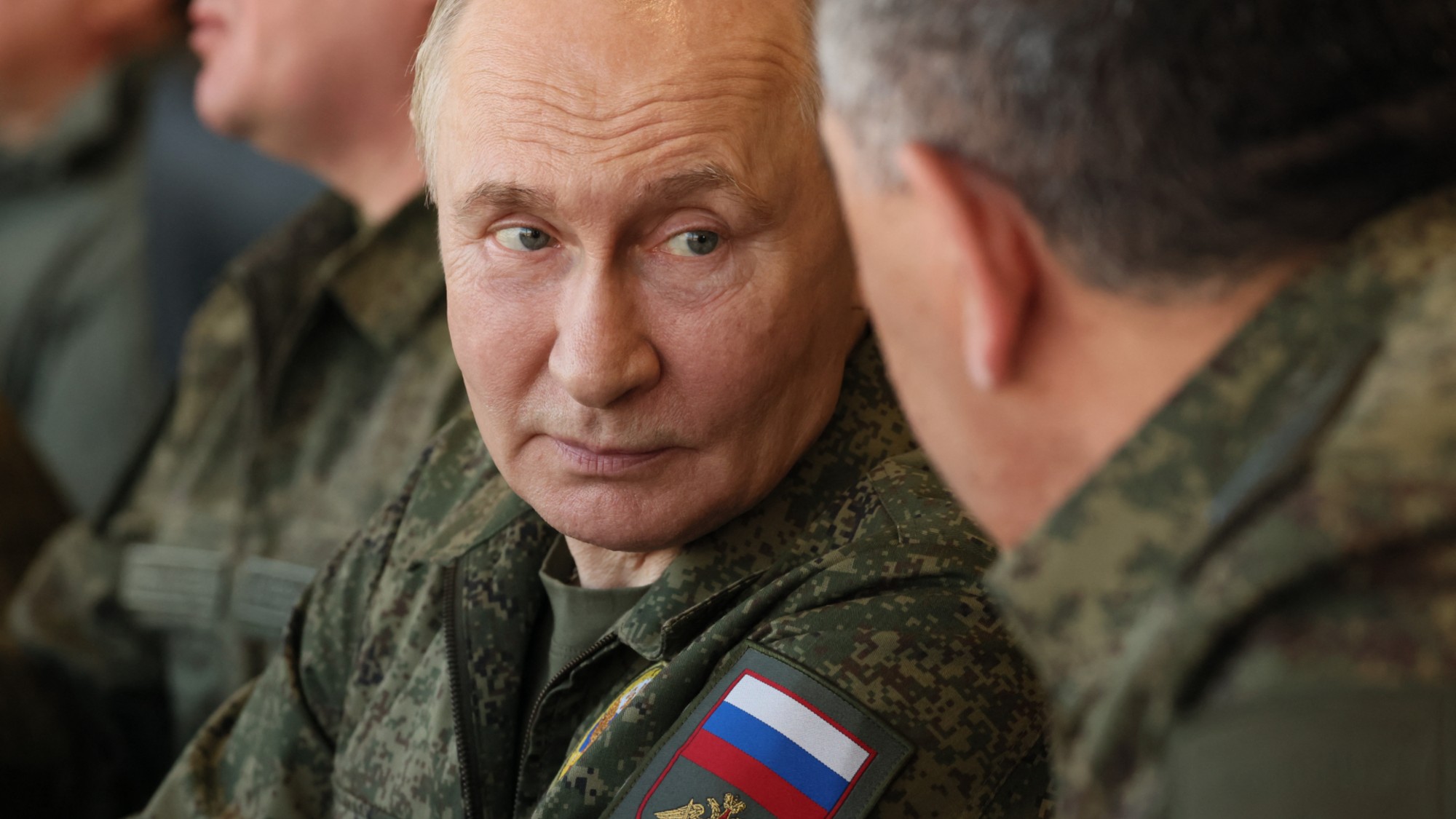 Russia’s war games and the threat to Nato
Russia’s war games and the threat to NatoIn depth Incursion into Poland and Zapad 2025 exercises seen as a test for Europe
-
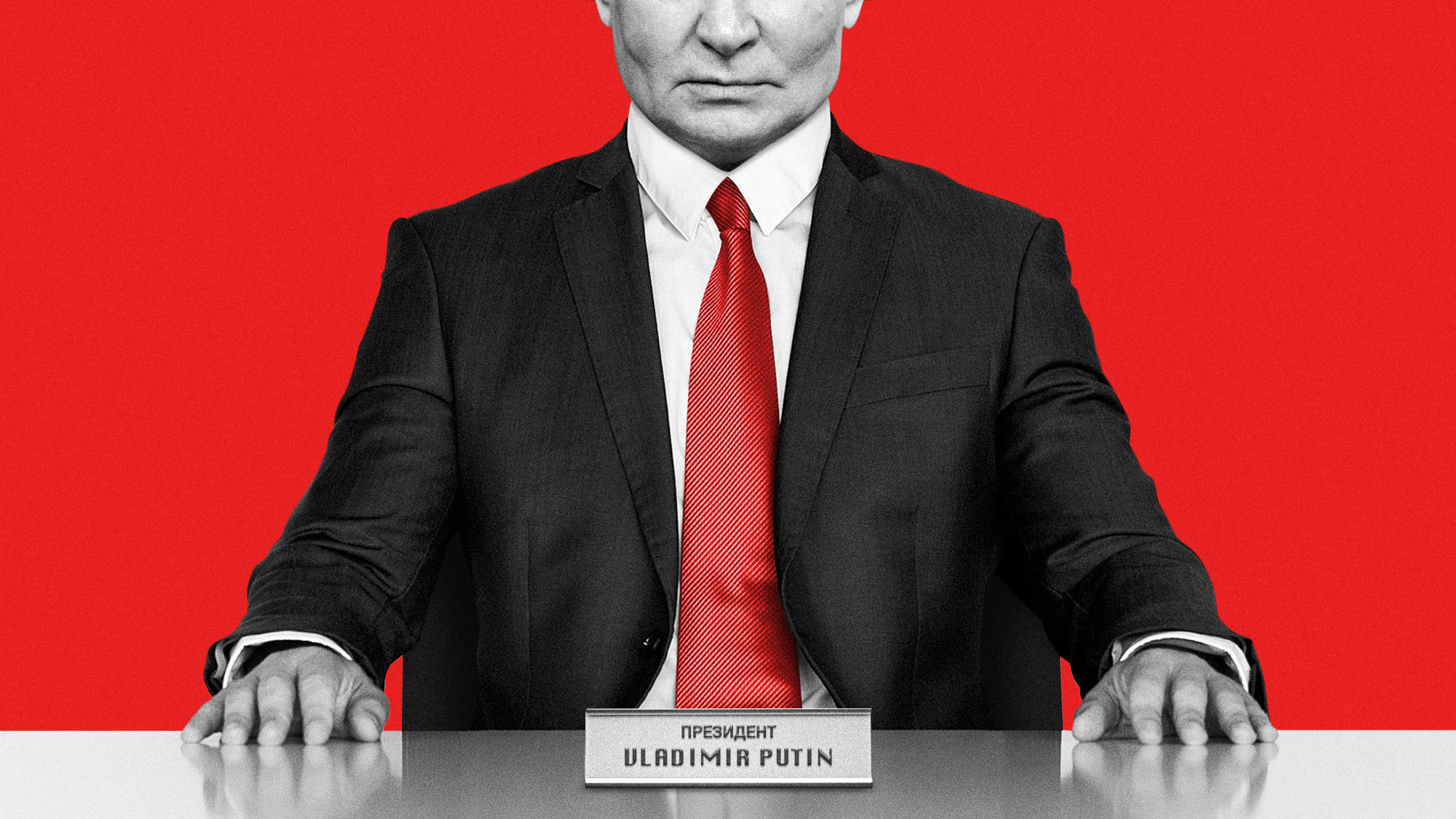 What will bring Vladimir Putin to the negotiating table?
What will bring Vladimir Putin to the negotiating table?Today’s Big Question With diplomatic efforts stalling, the US and EU turn again to sanctions as Russian drone strikes on Poland risk dramatically escalating conflict
-
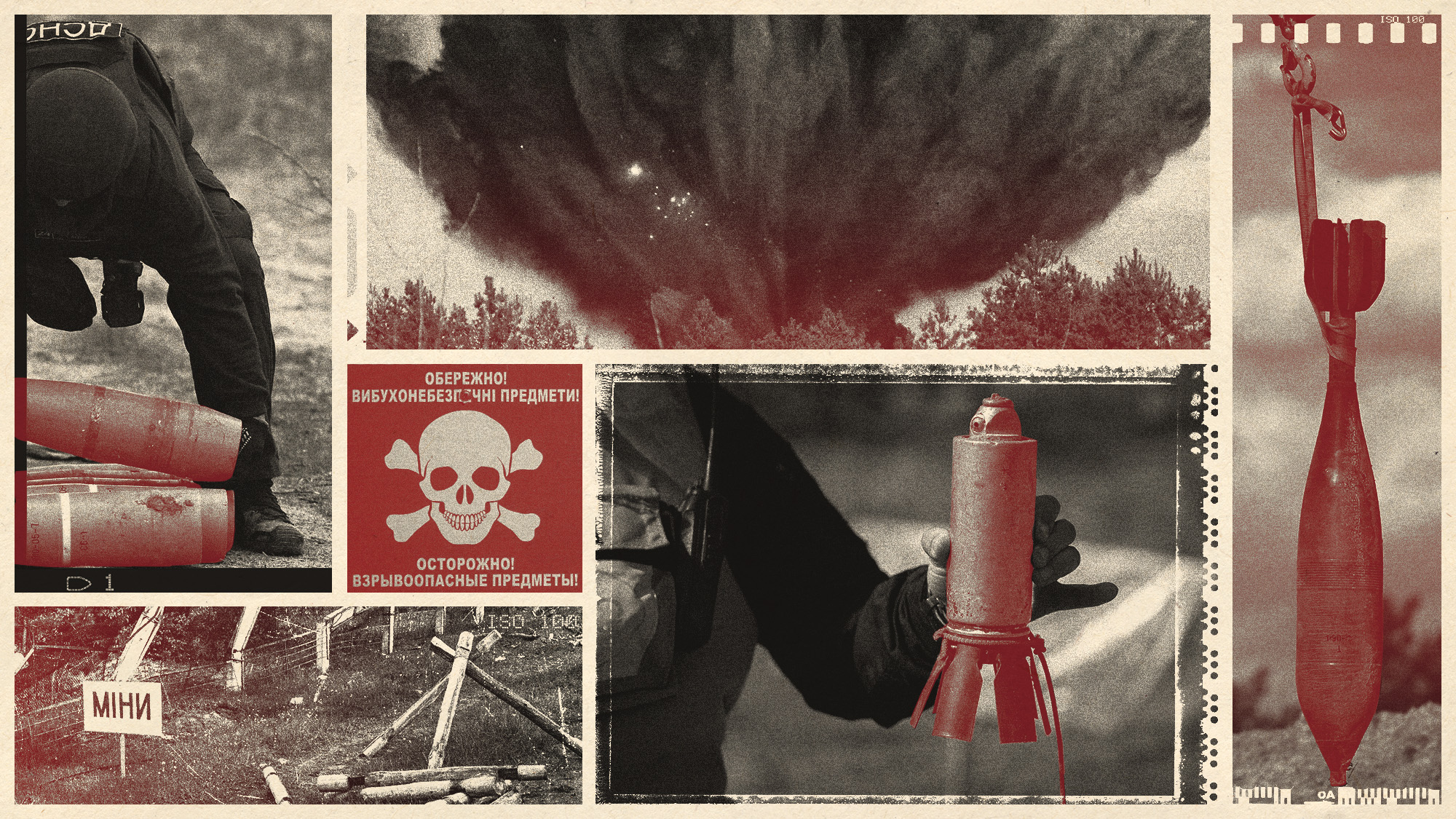 The mission to demine Ukraine
The mission to demine UkraineThe Explainer An estimated quarter of the nation – an area the size of England – is contaminated with landmines and unexploded shells from the war

